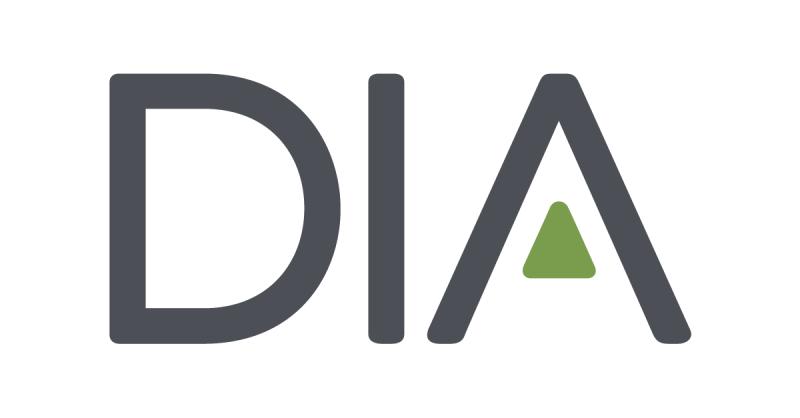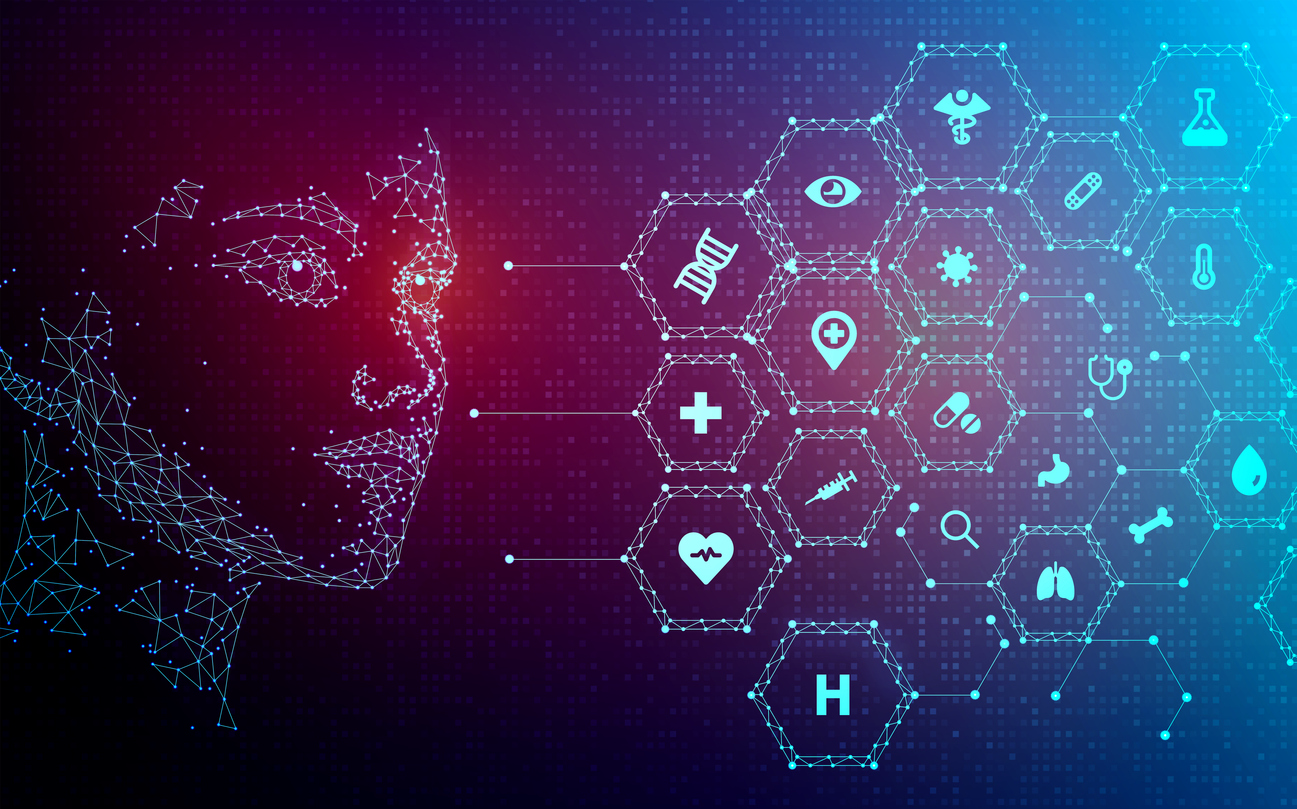Author: Collin Labar

Just got back from the whirlwind that is DIA! As a Business Development Lead in the healthcare data space, it’s always an energizing experience to connect with industry leaders and get a pulse on the latest trends. This year, one theme dominated conversations: real-world data (RWD) and its transformative impact on medical affairs.
It’s no secret that clinical trials, while crucial, have limitations. They’re expensive, time-consuming, and often lack the real-world context of how patients actually use our products. But DIA buzzed with dicussion about RWD, a treasure trove of information waiting to be tapped. Electronic health records, claims data, wearable devices – it’s all there, waiting to tell a more complete story.
Security First: Keeping Patient Data Safe
Now, data privacy is paramount. Security is at the forefront of every conversation. Stringent regulations like HIPAA are in place, and secure cloud platforms with robust access controls anonymize data while facilitating collaboration between healthcare providers and companies. Think of it like a high-security library – knowledge is shared, but patient confidentiality remains sacrosanct.
The Medical Affairs Game Changer
This secure access to RWD has the potential to unlock a treasure chest of possibilities for medical affairs teams. Here’s what excites me the most:
- Identifying Unmet Needs: Imagine analyzing claims data and discovering a higher-than-expected complication rate with a specific device. This intel can inform design modifications and future clinical trials, ultimately leading to safer and more effective products.
- Speaking the Payer’s Language: Traditionally, value communication meant bombarding doctors with clinical trial data. But with RWD, we can show the real-world value proposition. Did our new device significantly improve patient outcomes? Can we demonstrate cost savings in a real-world setting? This data empowers us to have impactful conversations with payers, potentially leading to faster market access and wider adoption. Faster adoption means more patients benefiting from the latest advancements.
- Precision Medical Affairs: Gone are the days of one-size-fits-all messaging. Analyzing electronic health records, lab notes, images, scans and more, allows us to identify patient subgroups who benefit most. We can then develop targeted resources for healthcare providers, leading to more informed treatment decisions. It’s about tailoring care, not just promoting products.
The Numbers Don’t Lie: The ROI of RWD
This isn’t just about innovation, it’s about ROI. Studies suggest RWD can cut clinical trial costs by 20% and increase the probability of favorable reimbursement decisions by 10-15%. McKinsey projected that an average top-20 pharma company could recoup more than $300 million annually by adopting advanced RWE analytics alone. That’s real money saved and more resources allocated to developing life-changing technologies.
The Future is Now: AI and the Power of Insights
But the sheer volume of RWD presents a challenge – analysis. That’s where the true potential for AI, machine learning, and computer vision exist. These technologies can automate data cleaning, identify trends, and unlock hidden patterns within massive datasets.
Imagine using AI to analyze X-rays and identify patients who might benefit from a new surgical device based on specific anatomical features. This not only saves us time but also allows us to uncover groundbreaking insights that could improve patient care.
The Next Chapter: A Data-Driven Medical Affairs Revolution
DIA left me with a sense of optimism. The use of RWD is revolutionizing medical affairs, paving the way for:
- Predictive Analytics: AI can analyze historical data to predict treatment outcomes and identify high-risk patients. This empowers healthcare providers to personalize treatment plans, ultimately leading to better patient outcomes.
- Engaging Patients on Their Terms: RWD can inform personalized communication channels for patients. Think about targeted educational messages and support groups delivered directly to patients using our specific treatment.
Real-world data, when used responsibly and securely, holds the key to unlocking a future where medical innovation thrives, fueled by the power of real-world information. It’s a future where the patient experience informs how we develop more effective treatments, get them to patients faster, and ultimately, improve lives. And that’s why I’m so excited to be a part of this transformative journey.


